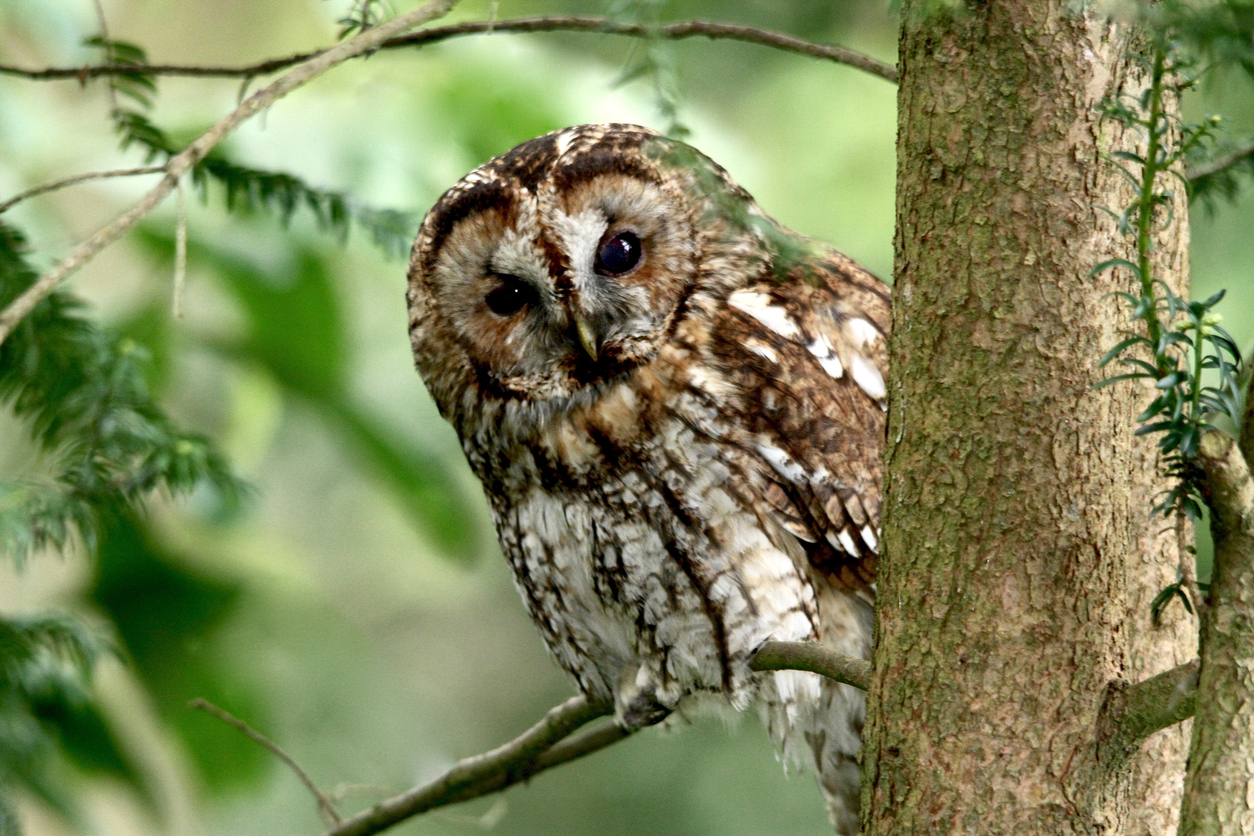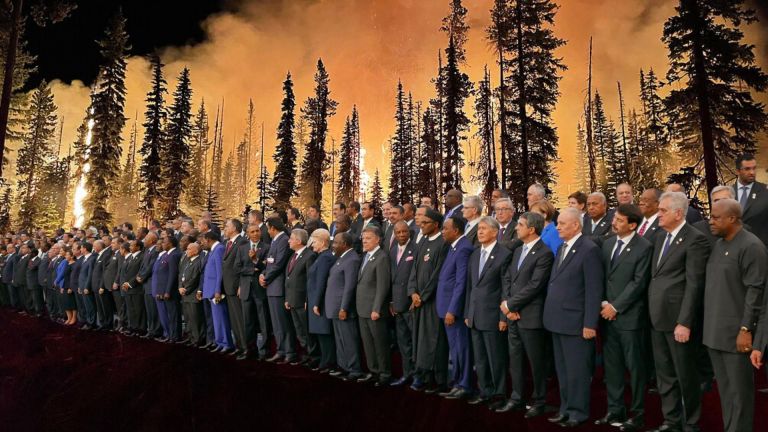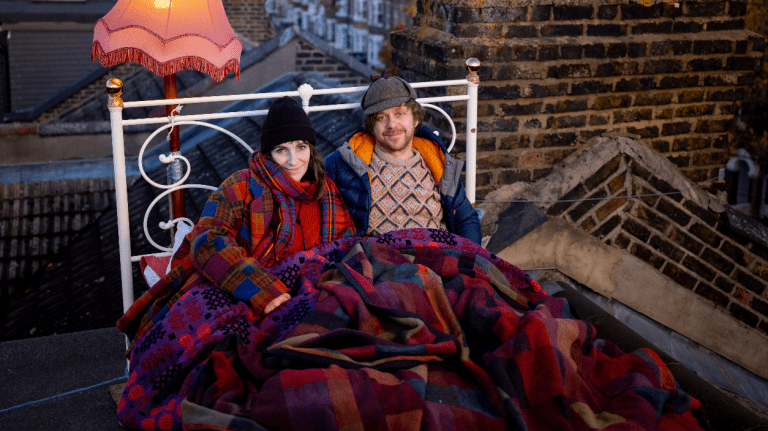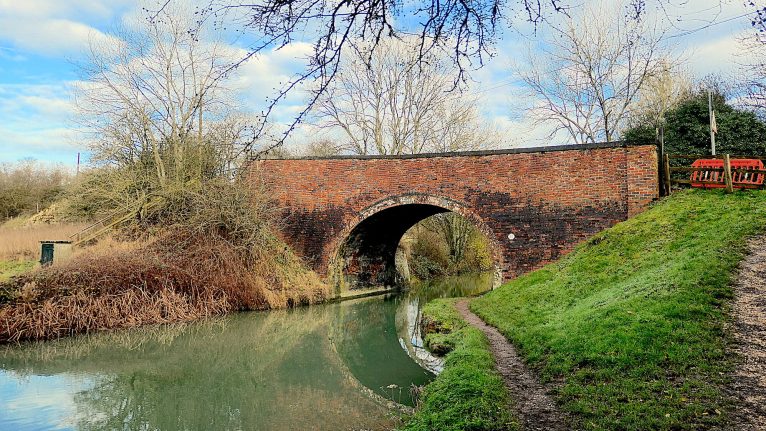Tawny owls are the most common species of owl in the UK. We have about 50,000 pairs, but we think there’s been a 30 per cent decline since 1991. The problem is because they’re nocturnal they’re pretty difficult to monitor. The focus of the British Trust for Ornithology (BTO) is learning more about these birds. So this autumn we’re putting the spotlight on to tawny owls.
Part of that research is the Tawny Owl Calling Survey. We want as many people as possible to get involved by listening to tawny owls. That could be from their garden, their local park or woodland – they could even be in their living room having a cup of tea listening with the window open. By doing this, we’re going to find out a lot more about their behaviour, particularly in response to urbanisation and light pollution.
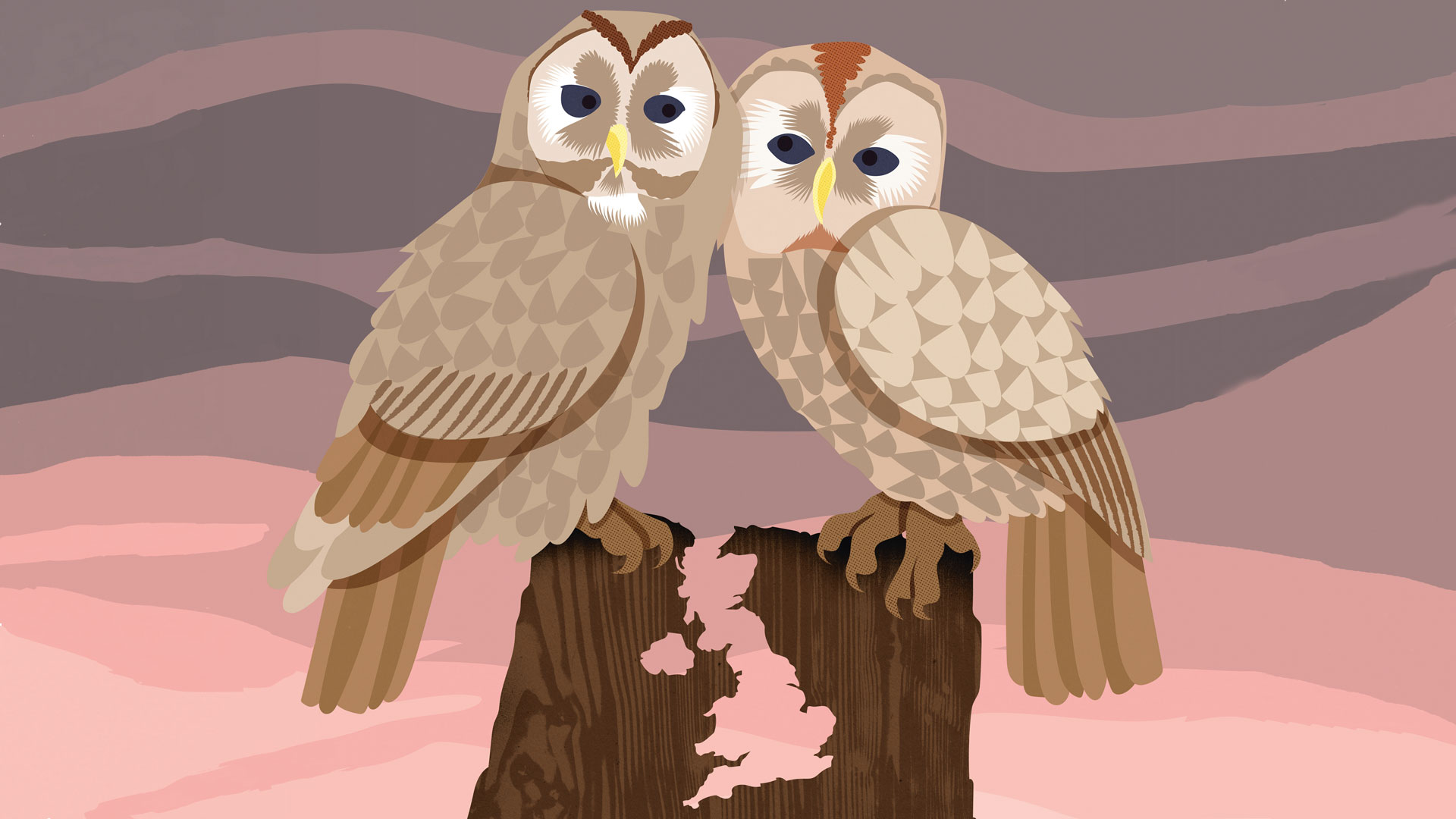
We did a similar study in 2005 and we found that the chances of hearing a tawny owl are dependent on a number of factors. For example, they’re most likely to be calling at this time of year, so they’re very noisy and vocal around now. It’s a time when the young are dispersing, so they’re establishing and re-establishing their territories. But we also know that they are more likely to call when there’s a full moon, in warmer conditions and when there’s only light and still winds.
I would have thought in a slightly better lit area they’re potentially more active. However, we also know that they are mainly a bird of woodland – they particularly like deciduous woodland – but they have been pushed into suburban areas so that’s why we’re asking people to listen from their gardens. But fragmentation of woodland could also be a factor influencing where they are found and their distribution.
We have had such a phenomenal response from the public. About 4,700 people have registered to take part and that is absolutely brilliant, but we need as many people as possible, so we’re hoping to get 10,000 people to listen for tawny owls across the autumn and winter in the UK. They make the classic owl sound – the ‘twit-twoo’ is actually two birds. It’s a duet: the female making the ‘kewick’ contact call and the male hooting in response. It’s also so important for us to know where they’re not being heard too – we’re just as interested if people don’t think they have tawny owls in their area. So it’s something everyone can get involved with.
The BTO is an impartial scientific charity, we do a lot of monitoring. We will publish those results, and make sure the people doing the conservation work get them. Our research will aid conservation and policy. Everyone who is taking part will be doing citizen science, what they help us discover will be really useful for us. It’s so important for us to be able to find out what is going on. It’s only with that information that things can be put in place to help and protect these owls.
